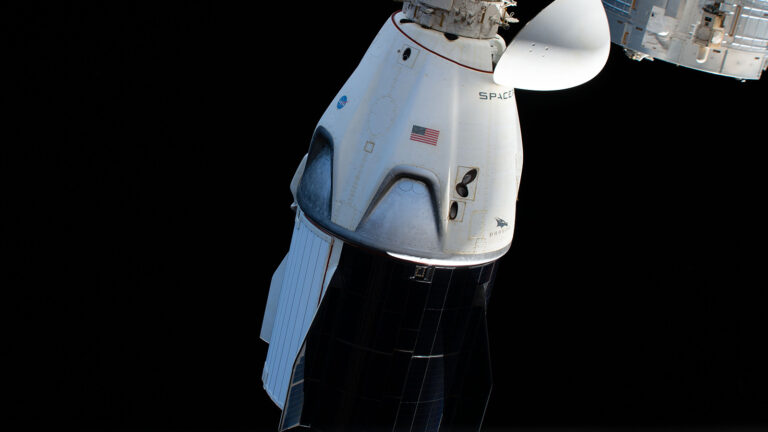Stay Up to Date
Submit your email address to receive the latest industry and Aerospace America news.
The Digital Avionics Technical Committee advances the development and application of communications, navigation and surveillance systems used by military and commercial aircraft.
The U.S. Navy and Boeing demonstrated in June the first air-to-air refueling between a crewed vehicle and an autonomous tanker. Using a hose and drogue fuel-transfer system, an MQ-25 T1 test vehicle transferred the scheduled volume of fuel from its aerial refueling store to a Navy F/A-18 Super Hornet aircraft. The operation was the culmination of 25 preceding flight trials in which the test team evaluated the performance and stability of the system before the actual refueling. From autonomous guidance and navigation to embedded control of the fuel delivery system, digital avionics makes it possible for the MQ-25 to perform its primary aerial refueling mission. By replacing the Navy’s F/A-18s in the tanker role, the MQ-25 will extend the range of a carrier wing. Handling trials aboard an aircraft carrier were scheduled for later in the year.
Digital electronics also made it possible for ground vehicles to perform complex missions in space this past year. In February, NASA’s Perseverance rover landed in the Jezero Crater on Mars. To search for ancient signs of life, the car-sized rover is fitted with sensors and embedded systems that control a robotic arm for collecting rock samples and sealing the material in tubes. The tubes are scheduled for return to Earth in the 2031 time frame. Another NASA-developed instrument, the SuperCam, uses laser light to disintegrate rock samples and assess the composition of the resulting vapor. The scientific data and samples will help researchers learn about the environment for planning future red planet missions.
As part of NASA’s Commercial Crew Program to demonstrate safe, reliable and cost-effective transportation to and from the International Space Station, four astronauts returned to Earth in May after performing the first of many planned science and research experiments on the ISS, including a study to understand the effect of microgravity on human health and diseases. Digital avionics guided SpaceX’s Crew Dragon spacecraft Resilience back to Earth autonomously after it took the astronauts to the ISS in November 2020 for a six-month stay — the longest human space mission launched from the United States. It was the first use of a NASA-certified commercial spacecraft for human flight and another example of embedded system technology enabling new horizons in space.
To make digital avionics economically viable, consensus-based industry standards are needed to efficiently integrate the diverse systems that together implement a complex system. Sharing the airspace with new users such as drones requires avionics that enable a ground-based pilot to remain well clear of other traffic. In March, the RTCA released Revision B of DO-365. This latest edition of the performance-based standard enables the use of ground-based collision detect-and-avoid systems for autonomous and remotely piloted aircraft that have insufficient payload to carry the required equipment. In Europe, the SESAR URClearED project, short for Single European Sky Air Traffic Management Research URClearED, is addressing the requirements for a vehicle to remain well clear in airspace Classes D through G. To realize the maximum benefit of a universal standard, NATO Study Group SG-268 commenced validation of these standards with the goal of a multilateral agreement among the NATO member nations that operate military aircraft.
Stay Up to Date
Submit your email address to receive the latest industry and Aerospace America news.




